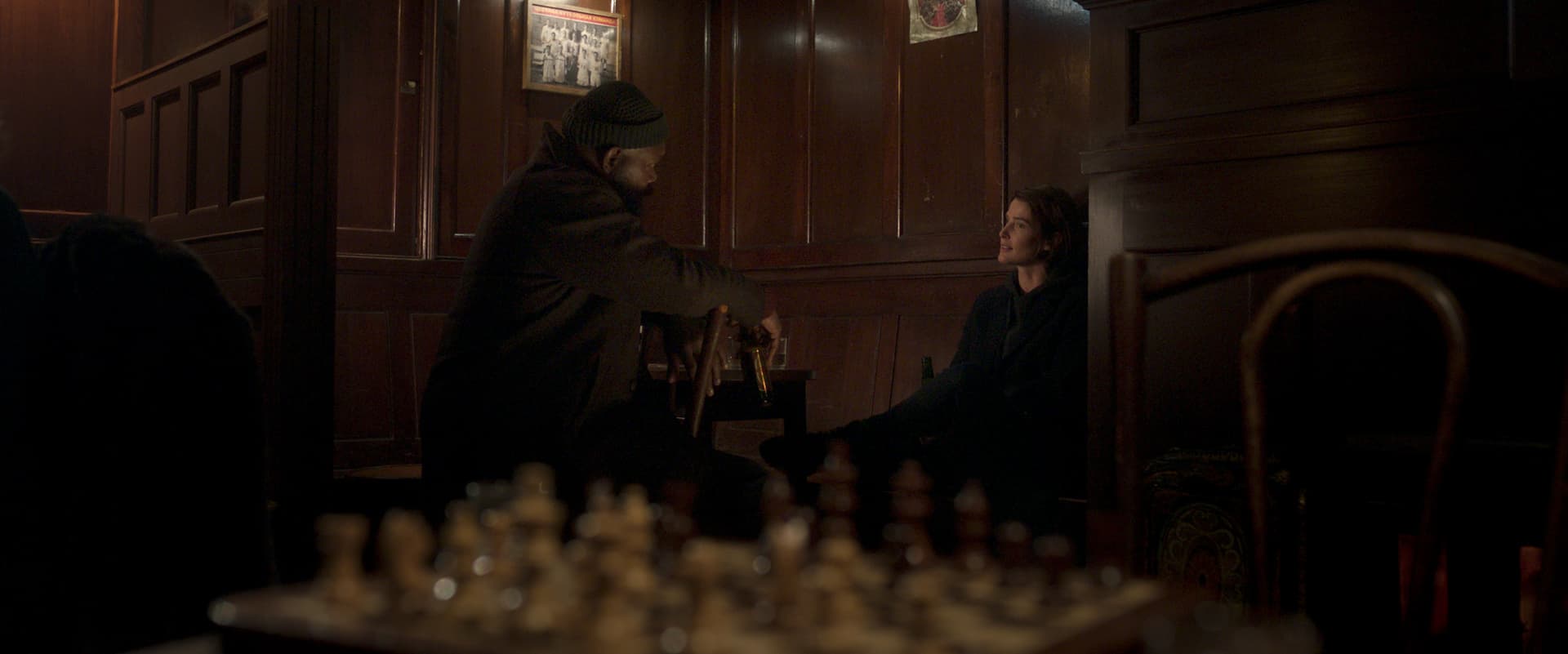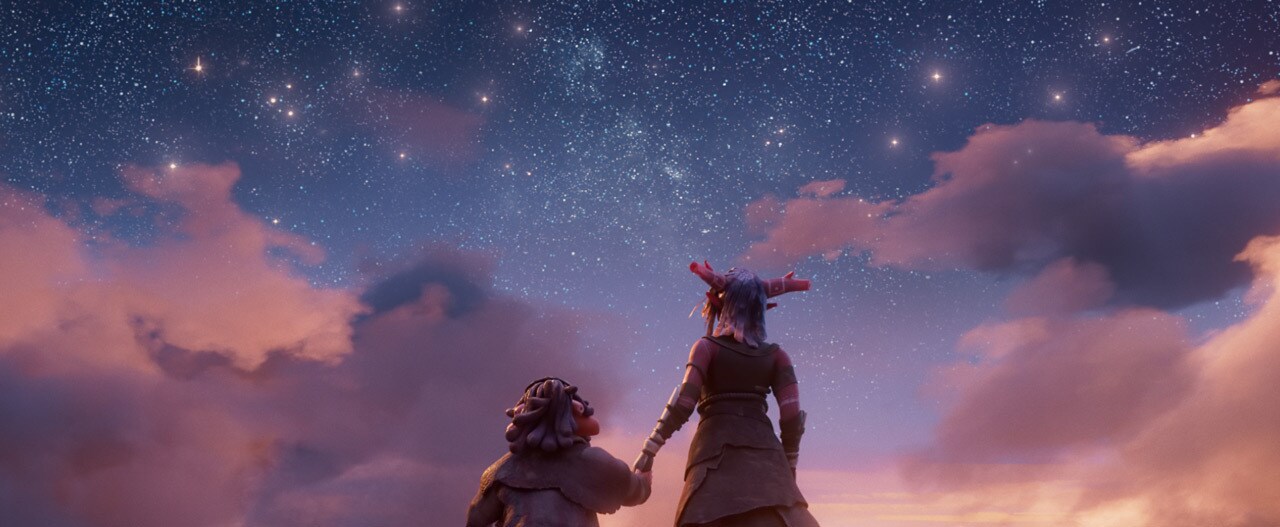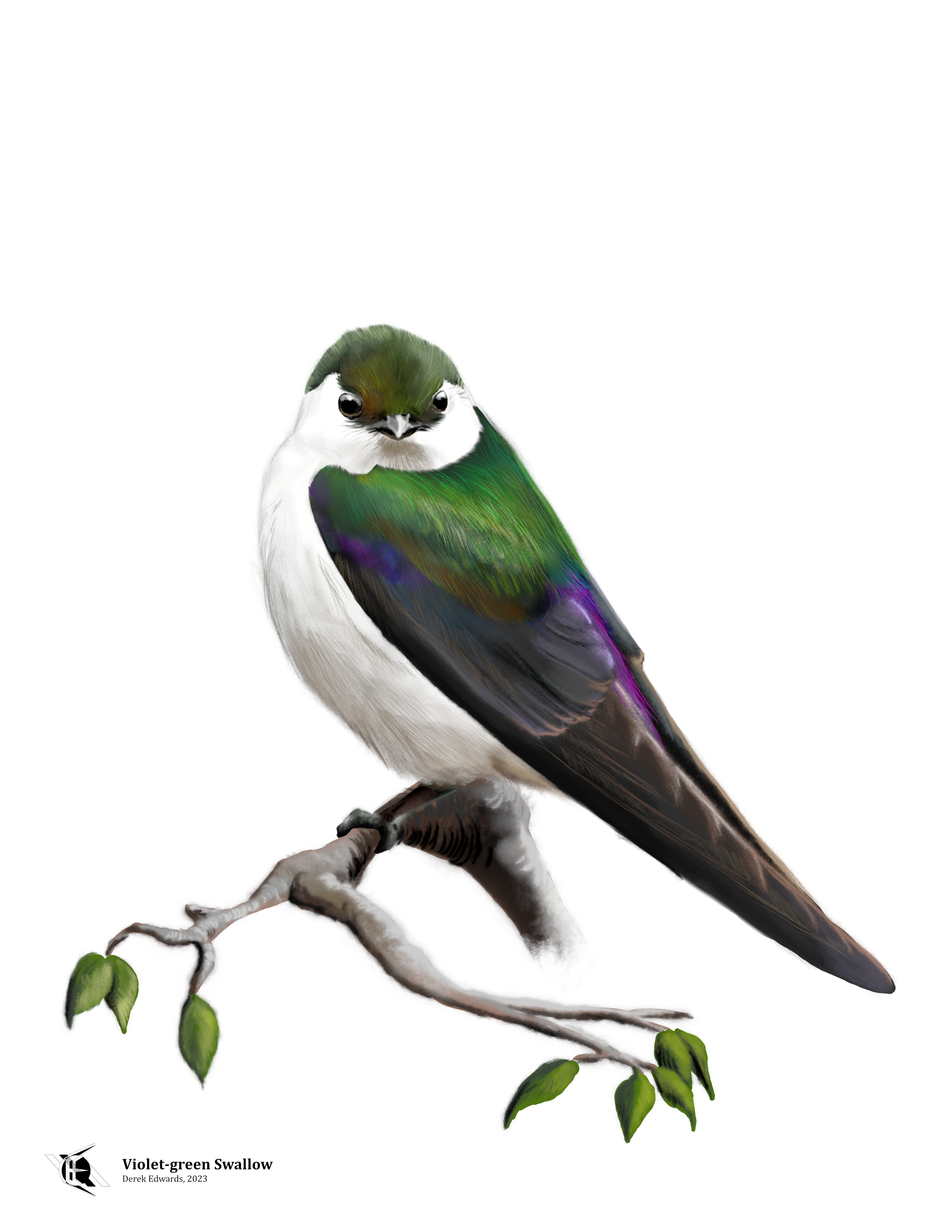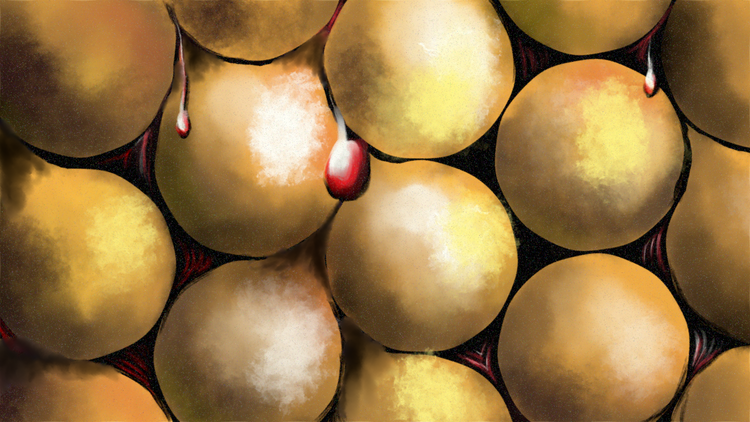
Running Commentary 7/3/2023
Hello,
I'm back! Tomorrow is Independence Day in the U.S. Normally, I'd just re-run the Bald Eagle for Bird of the Week, but it's already been a few weeks since there's been a new bird, so I won't do that. Go ahead and search the archives for it if you haven't seen it.
Anyway...
Watching...

Secret Invasion
The first two of six episodes of this Disney+ series have been released. Here are my notes:
- A lot of my favorite Marvel stuff has been their spy-thriller stuff, so this show is more up my alley than the romance-legal comedy and the high school girl coming-of-age story that precedes it. It's actually been a bit since there's been a Marvel show, hasn't it? There's been a lot of Star Wars, but no Marvel since She-Hulk. Anyway, I expect to like this show.
- The first episode is...a first episode. It's a good watch, but it's just the start, and hard to evaluate on its own. I will say I was struck by how accessible it was. If this was your first Marvel thing you've watched, you wouldn't be lost. Sure, there are plenty of references that you'll miss, but the general happenings are quite clear just from this show's premiere.
- Besides the Skrulls' ability to shape-shift, the show hasn't featured any superhero-type abilities. It stuck to being a spy show with sci-fi elements, which I hope it can keep up going forward.
- There were a lot of good sequences of effective in-camera effects in the premiere. The opening foot chase had the shot of the lights flicking on as Talos chased "Ross", with the way each light came on faster and faster as they picked up speed beyond human capability. That was both a well-put-together shot and a well-cast bit of foreshadowing. And at the end, when Fury is pursuing Fravik, and he's morphing through all of his disguises from earlier in the episode, there are no special effects showing the morphs; it's all done with different actors walking in and out of view. Both these sequences depend on the audience to put together their idea by connecting glimpses of the greater action, which is a really fitting way to make a spy show.
- The second episode filled in some backstory, some for people who haven't seen Captain Marvel, some new. The effects of Fury's disappearance during the Blip seem to be more complicated than it initially would have seemed.
- Not sure why the show hates Slovakia so much.

Star Wars: Visions
The third short in Visions Volume 2 is "In The Stars", from the Chilean animation house Punkrobot Studios. Here are my thoughts on it:
- This is the most standard fight-evil Star Wars thing Visions has offered so far out of the new batch. It's honestly a pretty derivative story, but it's done well.
- I'm not certain if this is totally stop-motion animated or not; I suspect not since building this many miniatures would be a pretty big-budget endeavor for this sort of project. Still, it looked nice.
- As I said, the story of the Empire coming to a world and ravaging its ecology has been done to death already, but knowing what I know about the history of mining in Chile I can see this being a story the creator found personal.
- Overall this short was not as interesting as the last one and not as stylish as the first, but it does everything well enough that I have few active complaints. It's a solid effort.
Reading...

The Invention of Nature by Andrea Wulf
When I read non-fiction, I often read microhistories: books about how this or that overlooked thing came to be and came to shape the world we live in today in often unrecognized ways. The Invention of Nature is a biography, but it very much fits in the microhistory mold. The book tells the life story of Alexander von Humboldt, a Prussian explorer and naturalist who, in his writings about his travels, laid the groundwork for the scientific field of ecology. But Humboldt is no longer the household name he once was. Wulf gets a bit into why that happened, but first, she shows us just how Humboldt got so famous. The conscious stated desire on Wulf's part to restore Humboldt to his former prominence is the animating spirit of the book, and it's what makes it so microhistory-ish. In the same way those books might implore us to have a greater appreciation for pencils, shipping containers, or mosquitos, Wulf implores us to have a greater appreciation for Humboldt.
As a biography, The Invention of Nature is truly excellent. A great deal of the book, particularly toward the back pages, is not actually recounting Humboldt's life and work but the lives and work of other people who counted Humboldt as a great influence. This is not the book being padded and unfocused. Really I wish more biographies would do this. People don't exist in a vacuum, and while biographies will generally talk about the people who influenced their subjects in their youths, they often neglect to talk about their subjects' own proteges. Wulf doesn't nebulously declare that Humboldt influenced science and society; she specifically names people like Goethe, Simón Bolívar, and John Muir who either knew or read Humboldt and incorporated his ideas into their own life's work.
Wulf's book is interesting throughout, helped by the fact that Humboldt himself was a deeply interesting person, certainly one of his era's most interesting scientific figures. Science in Humboldt's day was generally the purview of the idle rich (among whom Humboldt could certainly be counted, though he was idle only in that he didn't have to work for a living). Often prominent natural scientists would often only study dead specimens sent in trunks from overseas, but Humboldt's consuming curiosity didn't allow him to study this way; he had to go and see things for himself, which allowed him to see the natural interconnectivity many others had missed.
Compared to other famous explorers (Lewis & Clark, Bering & Steller, Captain Cook, Dr. Livingston) Humboldt stands out as more purely scientific in his goals. He wasn't traveling to South America in search of treasure or to scope out a new colony. In fact, his experiences there made him so vocally anti-colonial that he was blocked from making a similar trip to British India. Wulf shows how Humboldt made as many political arguments as he did scientific ones. The reader really gets the feeling that, even if he were alive today when the world has already been explored and mapped, Humboldt would have made himself famous in some sort of intellectual capacity.
As for why Humboldt isn't as well known now, Wulf has some theories, as do I. Wulf argues that because his methods were less rigorous than those of modern scientists, and because he crossed disciplines so much, he is no longer a role model for today's science students. And because he was German his reputation suffered from anti-German sentiment in the English-speaking world during World War I. There's certainly something to that claim, but I'd point out something else: Humboldt didn't discover much of anything. Newton, Einstein, Curie, and other household-name scientists generally are known for ground-breaking discoveries. Humboldt's work largely recounted experiences had and measurements taken during his extensive travels. Humboldt's writings certainly inspired great theorists like Haeckel and Darwin, but Humboldt himself did relatively little to merit study in a science class, outside of specific fields like biogeography. That's another thing going against Humboldt. Many scientists famous in America worked in Cold Waer fields like atomics or rocketry or else worked in fundamental fields like physics or chemistry since those are the subjects focused on in American schools. Ecologists don't tend to get famous. And it's not as if no one remembers Humboldt outside of Germany; I certainly had heard of him before reading this book.
All that said, more people probably should know about Humboldt, and this book is a great way to learn, and just a great biography besides. 9/10.

Bird of the Week
This week we have another bird whose kind has thus far gone neglected on my part. The Violet-green Swallow is one of nine swallows found in North America and one of eighty-six species found worldwide. It is native to the western half of the continent and closely related to the more widespread tree swallow (which lacks the namesake violet color at the rump and has less white on the face but otherwise looks quite similar). The violet-green is actually one of the less-studied swallows, since the tree swallow is much more likely to nest in bird boxes, and is thus easier for ornithologists to observe.
Swallows are long-winged, streamlined passerine birds that specialize in hunting flying insects. They are superficially similar to the swifts, though not genetically very closely related. Swallows are found throughout the world, except in the polar regions. (The barn swallow is one of the most widely distributed birds in the world.) Their legs are short; unlike the swifts, they can perch on branches and stand on the ground but they cannot walk or hop as most other passerine birds can. Swallows are typically found in open country and near water.
The violet-green swallow is considered by many to be the most beautiful swallow. It was the favorite of William Leon Dawson, an American ornithologist and early bird photographer who published books about all the species found in Ohio, Washington, and California. In his The Birds of California, he wrote:
If we lavished any superlatives on the Tree Swallow — and our memory misgives us that we did- — we regret it now. Not but that the Tree Swallow is strictly deserving — oh, a very deserving bird — but we needed all our superlatives for present use, and one hates to repeat. What shall we do for the Violet-green Swallows? Simply this: we will call them children of heaven.
In Mexico, where the bird can live year-round, the violet-green swallow is called "golondrina verdemar", the "sea-green swallow", which is similar to its scientific name Tachycineta thalassina, which literally means "sea-colored fast-mover" in Latin.
Curation Links
The Demise of the Garage Inventor | Joseph Joyce, The New Atlantis
“Edison and Tesla were distant from me by time and complicated suits, but on the big (and little) screen, inventors were my contemporaries. They were of similar look and means, most notably in their ‘laboratory.’ Pop culture inventors invariably worked out of their garages, that emblem of middle-class mobility. Invention seemed within reach when it was two steps out the front door. This next generation doesn’t suffer from the same delusion, and their sanity frightens me. Instead, invention has become a secret knowledge, accessible only to M.I.T. grads (and occasionally Stanford). Rather than a meritocratic act of creation, invention in the public consciousness has become elite in nature and limited in scope. The pool of possible inventors has grown smaller, and the depth of their potential shallower. We used to dream of flying cars; now we only hope for slightly less buggy apps.”
The 2022 Audubon Photography Awards: Winners and Honorable Mentions | Audubon
It's that time of year again, when we get to see the winners of the annual Audubon Photography Awards, that is, some of the best photos taken of birds in the past year. There are some especially good winners this year.
The 2023 Audubon Photography Awards: The Top 100 | Audubon
...and here's the top 100 entries beside the winners.
(emet) | Lauren Ring, PodCastle
[FICTION] "Between meetings, Chaya keeps her head down as instructed. She is distantly aware of something happening in another branch of the company, something hushed and urgent and protest-related, but she is never pinged to discuss it. This is not the first time such a thing has happened, and Chaya has learned to know her place. Head down. Push harder. There are bugs to fix, even if the truth of what she is doing gnaws at her like water eroding clay. She’s safe out here in the countryside. If she wants to stay safe, she has to do as she is told."
See the full archive of curations on Notion






Member Commentary